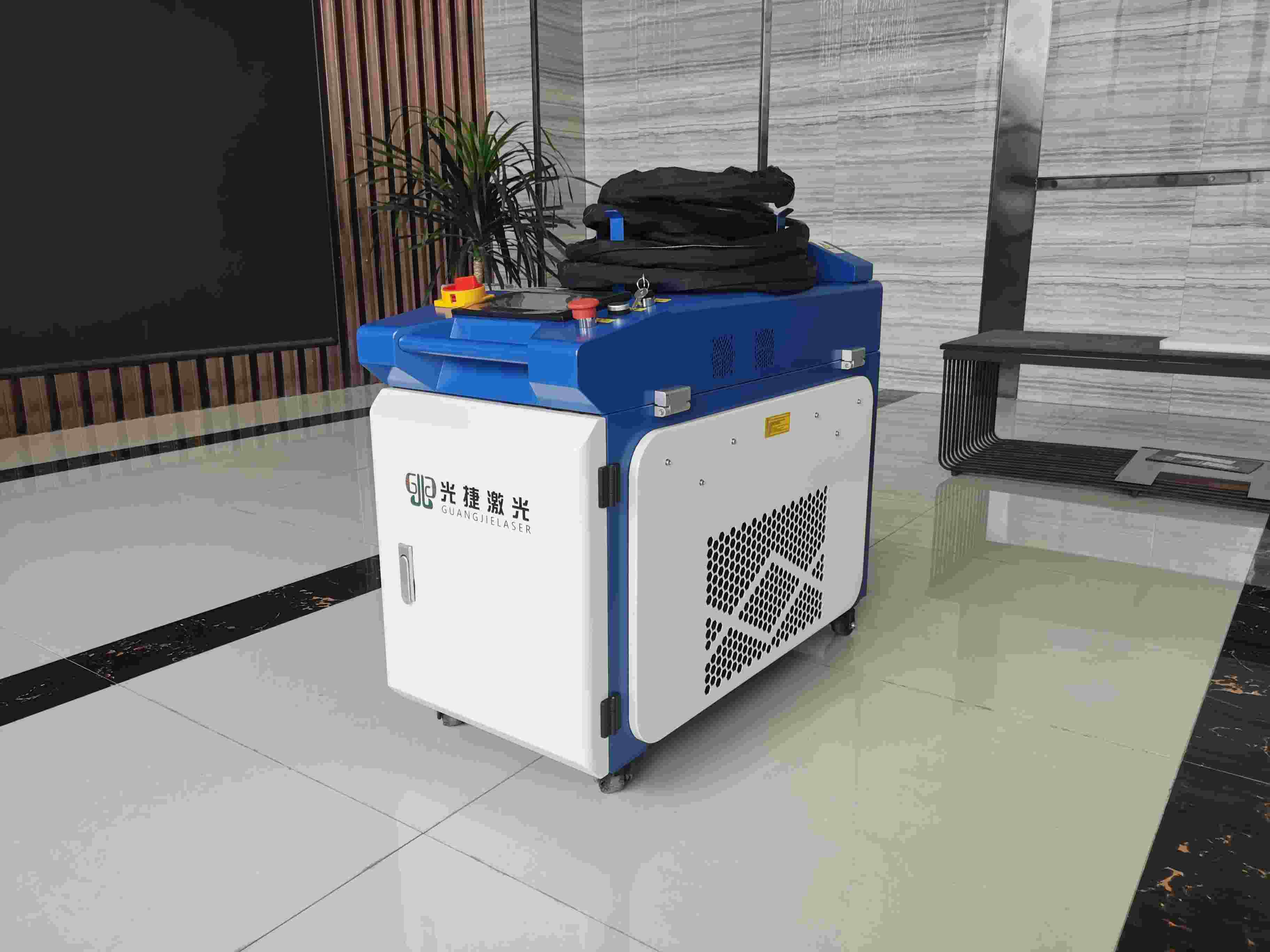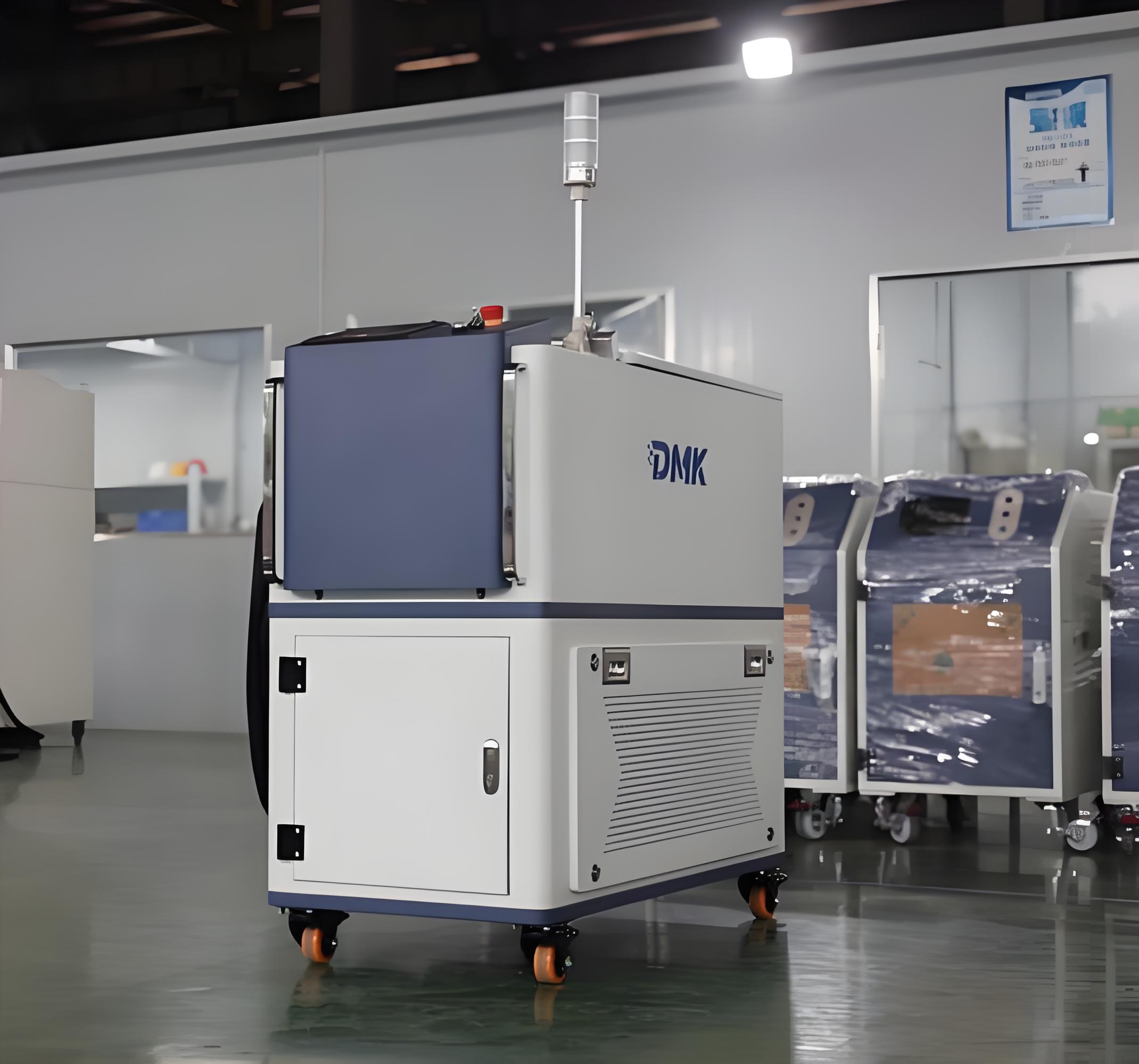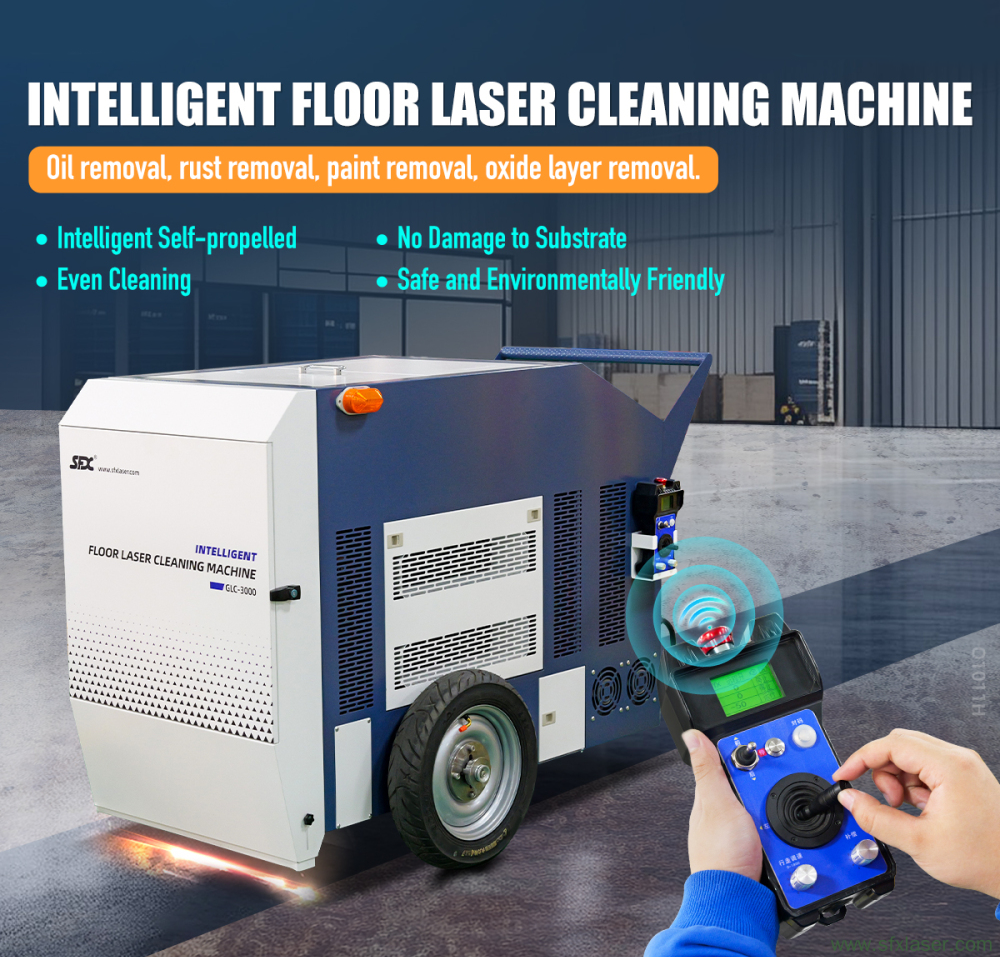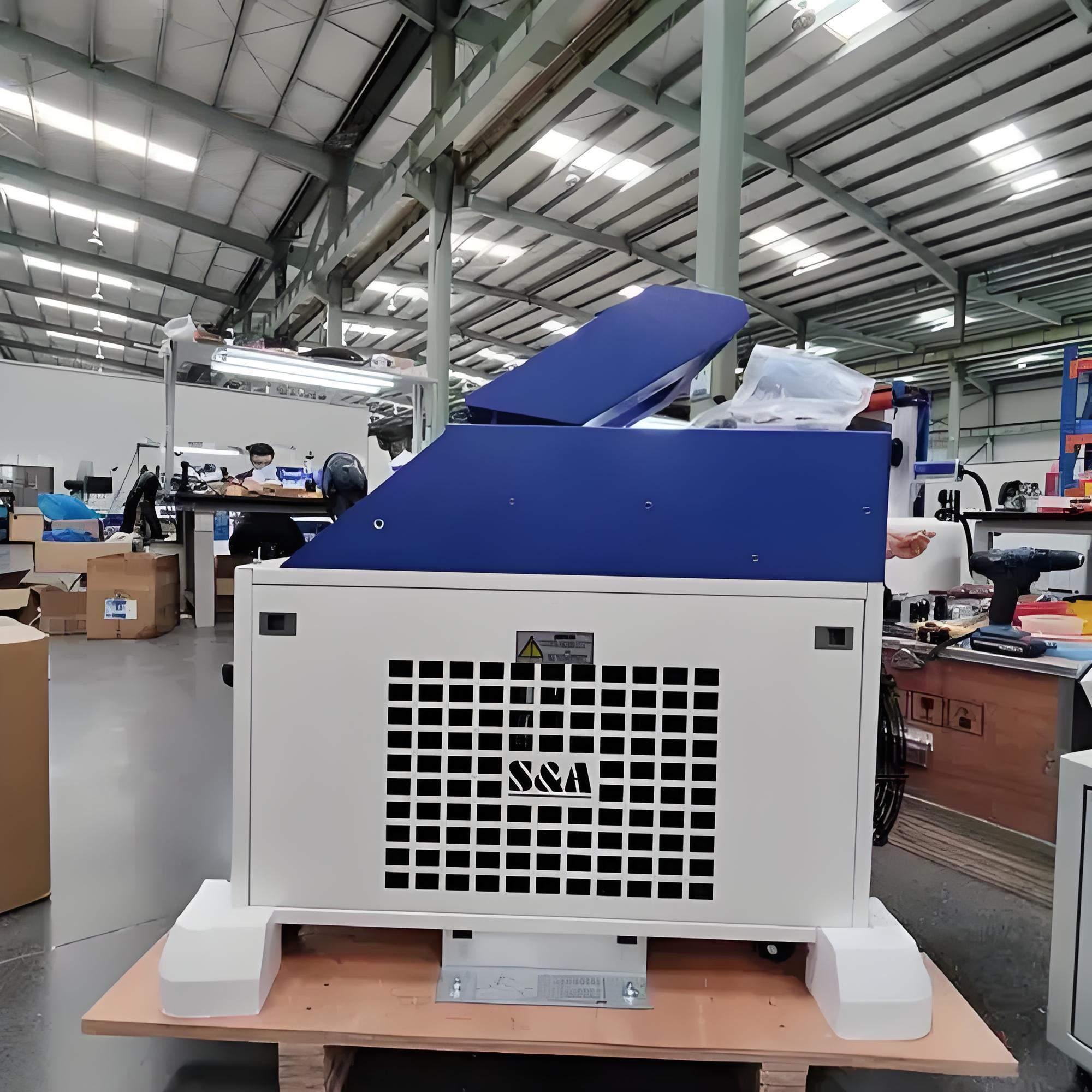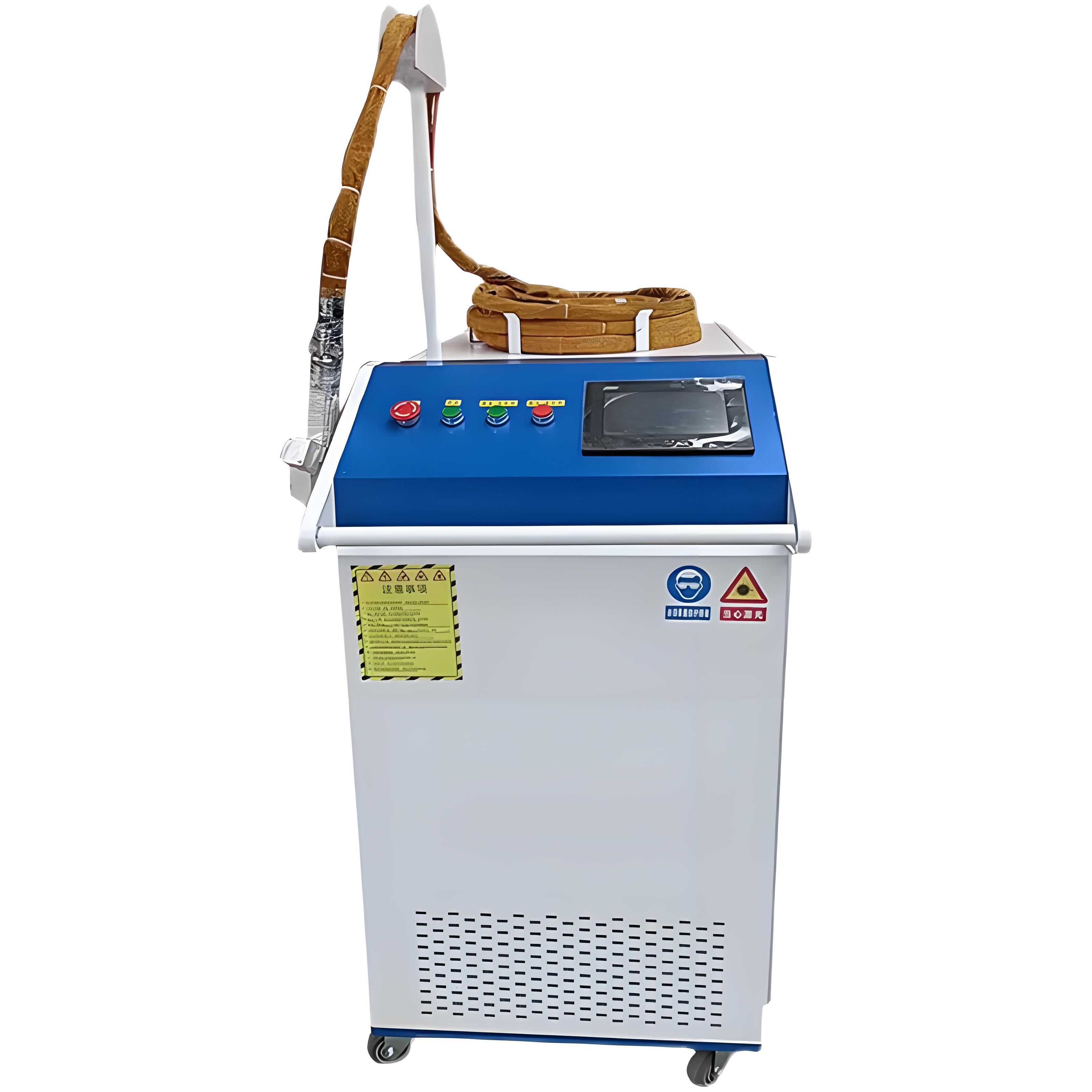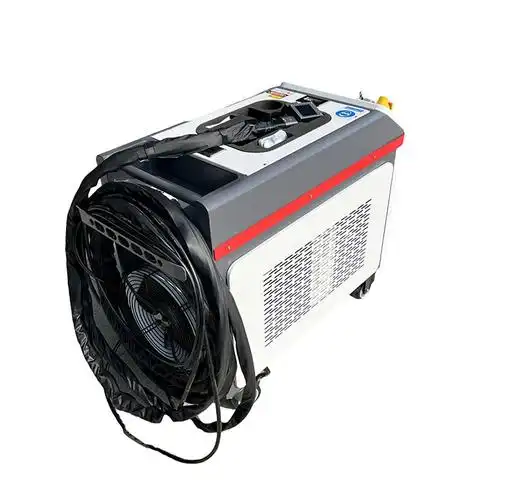Over the past decade, I’ve spent countless hours on shop floors and in dusty workshops, watching machines hum and spark as they stripped rust off everything from delicate automotive molds to massive steel beams. In all that time, there’s one question I hear surprisingly often, especially from folks new to laser cleaning: “Do I really need to use gas when removing rust with a laser? Isn’t the laser alone enough?”
It’s a fair question. After all, adding a gas system means extra hoses, regulators, and operating costs. But from everything I’ve seen (and yes, even learned the hard way), gas isn’t just a nice add-on — it’s absolutely essential.
Let me walk you through exactly why.
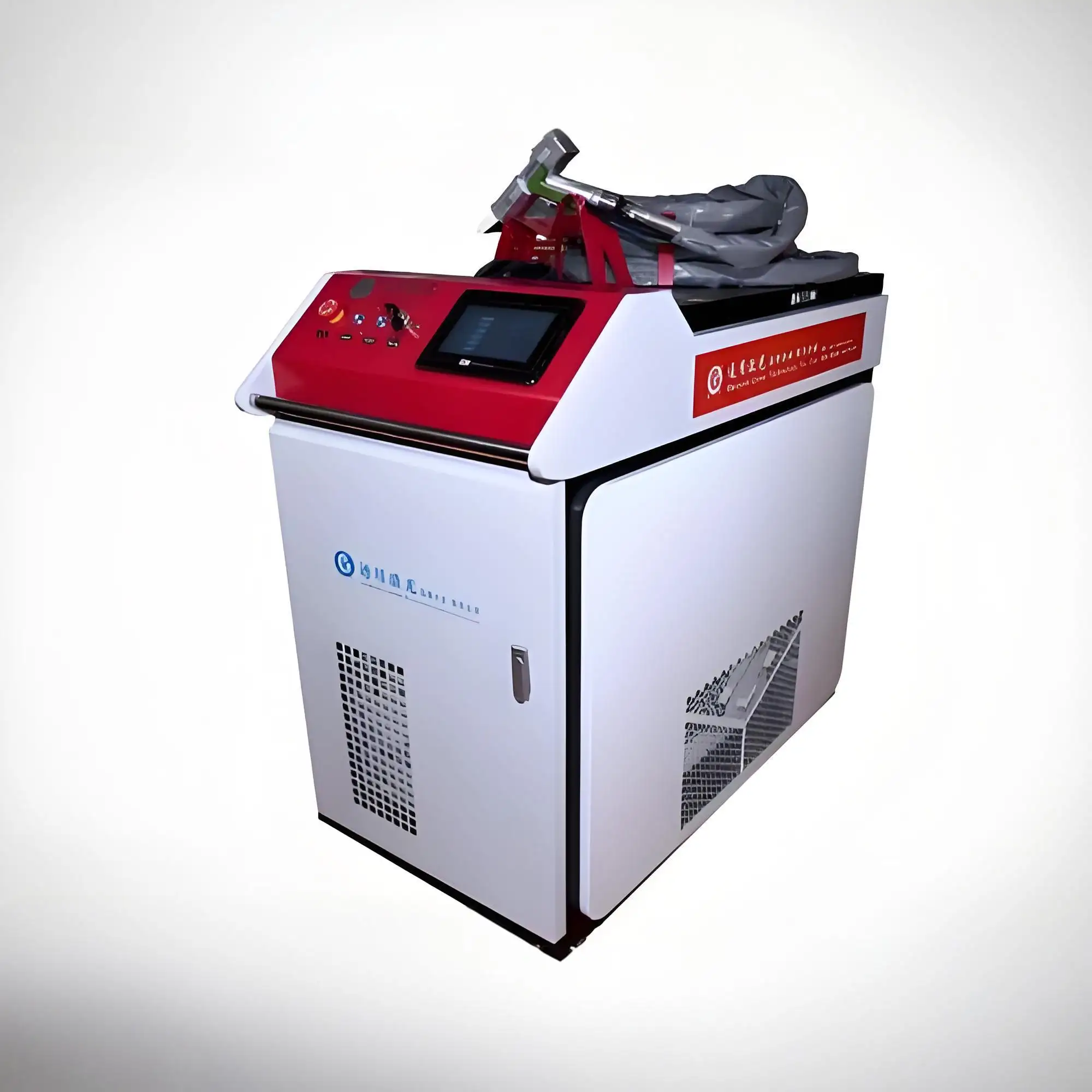
What Is Laser Rust Removal, Really?
Before we dive into gas, let’s take a step back. Laser rust removal (or laser cleaning) uses a high-energy laser beam to irradiate the surface of a metal. The energy gets absorbed by the layer of rust (or paint, or oxide), causing it to rapidly heat, expand, and basically pop off.
Unlike sandblasting or grinding, it doesn’t abrade or cut into the metal itself. That’s why it’s become so popular in industries like aerospace, shipbuilding, and high-precision manufacturing.
But here’s the thing:
As powerful as the laser is, it doesn’t magically “suck away” the removed rust. That’s where our indispensable partner — the assist gas — comes in.
Why Gas Is Absolutely Necessary in Laser Rust Removal
1. Blows Away Debris for a Clean Finish
When rust is vaporized or thermally shocked by the laser, it doesn’t simply vanish. Tiny particles, molten droplets, and oxides can redeposit right back onto your freshly cleaned surface. The assist gas acts like a tiny, targeted storm, sweeping these contaminants away instantly.
Without it? You’ll often find an ugly, patchy residue that compromises both the look and the corrosion protection of the metal.
2. Protects the Optics and the Laser Head
Laser cleaning heads are sophisticated — and expensive. Microscopic dust from ablated rust can float up and settle on the protective lens. Once there, it gets hit by subsequent laser pulses, fuses, and starts damaging the optics. I’ve seen lenses that had to be replaced after just a few hours because someone thought “eh, let’s save on gas today.”
Continuous gas flow creates a protective barrier, shielding your optics and extending equipment lifespan.
3. Enhances Energy Transfer and Process Stability
Especially when using certain gases like nitrogen or argon, the environment right at the laser-material interface becomes more controlled. This can reduce oxidation, improve energy absorption, and stabilize the plasma plume created by high-power pulses. That means cleaner lines, less thermal distortion, and more predictable results.

4. Helps Control Heat Affected Zones (HAZ)
Rust removal is often a prelude to welding, painting, or coating. Using the right gas can keep the thermal impact tightly localized, minimizing the HAZ. That means less risk of microstructural changes, which is critical for components under stress.
What Gases Are Typically Used?
Here’s a quick comparison from my own notes over the years:
| Gas Type | Key Benefit | Common Application |
|---|---|---|
| Air | Economical, always available | General cleaning on structural steel |
| Nitrogen | Reduces oxidation, improves color & cleanliness | Stainless steels, pre-weld prep |
| Argon | Excellent shielding, best for critical surfaces | Aerospace, high-spec applications |
I’ve tested this more times than I care to admit, often at the insistence of budget-focused clients. Here’s what typically happens:
Re-deposition: The ablated rust particles settle back down, leading to a dirty, uneven surface.
Optics contamination: Dust cakes on the protective glass, causing hot spots and permanent burns.
Higher maintenance costs: More frequent stops to clean or even replace parts.
Inconsistent results: The laser’s effectiveness drops as debris interferes with subsequent pulses.
In short: trying to skip gas often means paying more in downtime and repairs.
Hard-Learned Lessons from the Field
Let me share a few stories from my work:
At a shipyard in Malaysia, a team decided to skip nitrogen on stainless panels to cut costs. Within days, we saw widespread flash oxidation — bright orange stains that defeated the whole purpose. We had to re-clean everything, wasting days.
In an automotive plant in Germany, someone reduced air flow to “save the compressor.” The laser head optics fouled so badly that by the end of the shift, we had ghost-like burns across the lens. A $1,500 part down the drain.
What I’ve learned is simple: the right gas, at the right pressure, is non-negotiable.
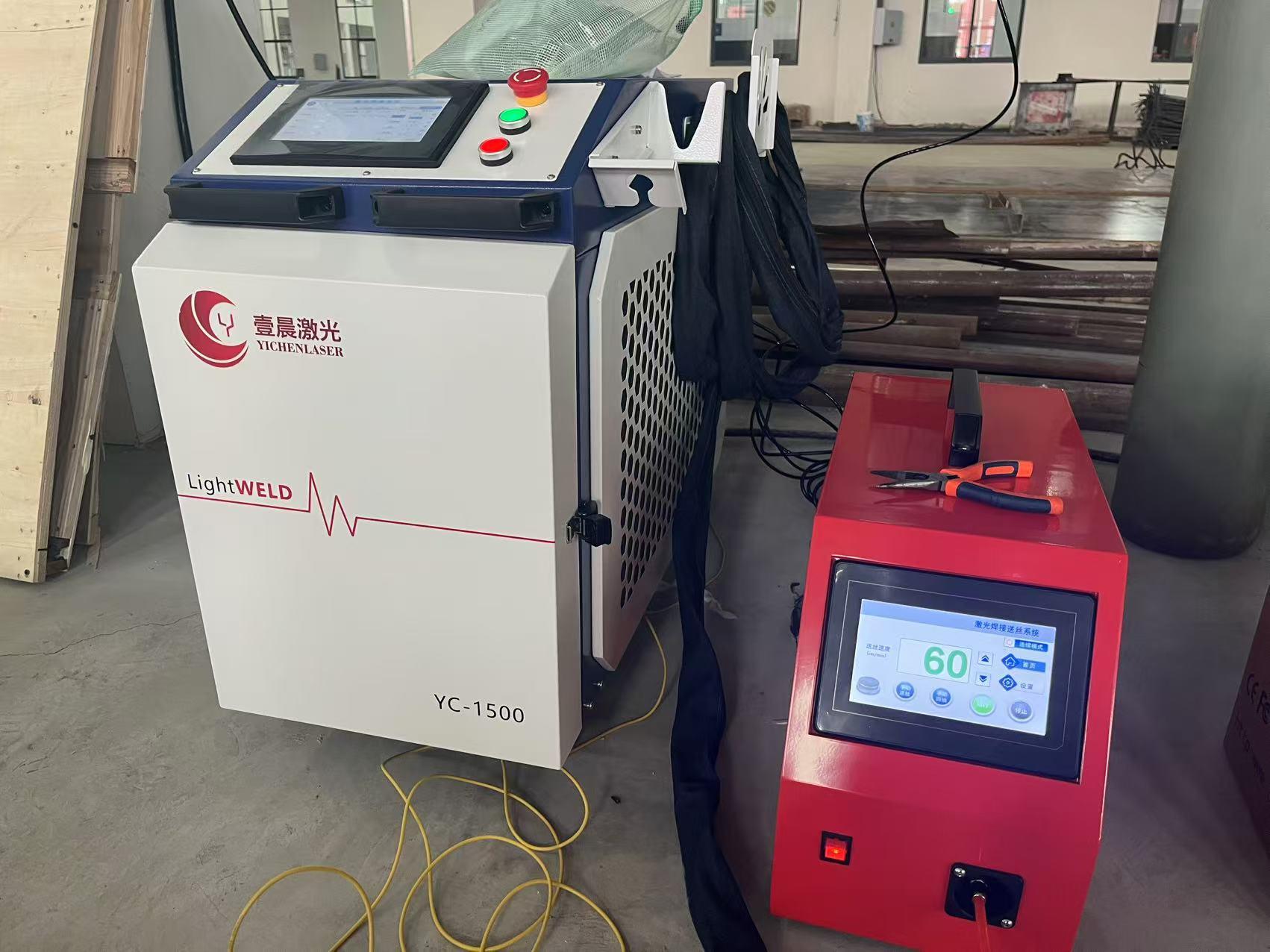
How to Choose and Optimize Your Gas
If you’re planning laser rust removal for your operation, here’s a quick personal checklist I use on every site:
Material type: Mild steel? Air might suffice. Stainless or titanium? Think nitrogen or argon.
Surface finish requirements: Is it purely cosmetic, or is it prep for precision welding?
Local cost & availability: Argon may be ideal but could be overkill for general structural jobs.
Flow rate & nozzle design: Ensure your machine’s nozzle is sized right for the flow. Too low, and you won’t clear debris. Too high, and you risk turbulence that scatters it back.
Regulators & filters: Always use clean, dry gas. Moisture or oil contamination can create microscopic pits.
Wrapping Up: Gas Isn’t Just a Support, It’s Half the Process
I often tell newcomers: “Think of the laser as the scalpel, but the gas as the nurse — it keeps the wound clean and safe so healing (or the next process) can happen perfectly.” Ignore it, and you’ll pay with rework, damaged parts, or costly downtime.
Related Q&A
Why does nitrogen give a better finish than air in laser cleaning?
Nitrogen is inert and displaces oxygen. That means less oxidation during cleaning, resulting in a brighter, cleaner metal surface — especially important on stainless steels or aluminum.
Can I mix gases or use compressed shop air?
For general steel, dry compressed shop air works well. Just ensure it’s well filtered. Mixing gases isn’t typical for cleaning; dedicated lines prevent contamination.
What’s a typical gas pressure?
For most handheld laser rust removers, around 2-4 bar (30-60 psi) is standard. High-power systems might go up to 6 bar. Always follow your machine’s specs.
Does more gas always mean better cleaning?
Not necessarily. Too much flow can disrupt the laser plume, scatter debris back, or even cool the surface too quickly. It’s about finding the sweet spot.

